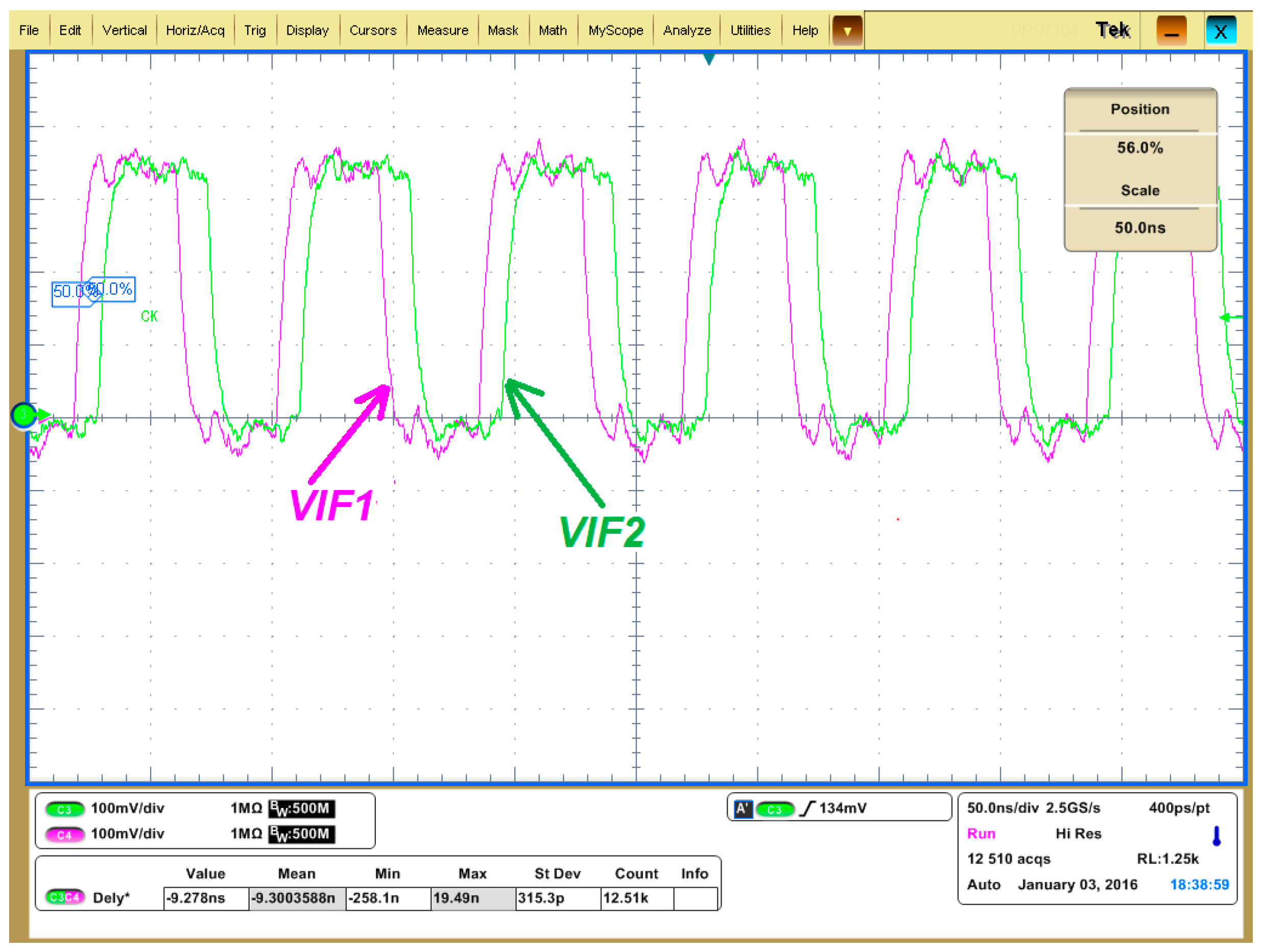

- #Rf toolbox phase from 0 to 2pi verification
- #Rf toolbox phase from 0 to 2pi code
- #Rf toolbox phase from 0 to 2pi series
The cookie is used to store the user consent for the cookies in the category "Other. This cookie is set by GDPR Cookie Consent plugin. The cookie is set by GDPR cookie consent to record the user consent for the cookies in the category "Functional". The cookie is used to store the user consent for the cookies in the category "Analytics". These cookies ensure basic functionalities and security features of the website, anonymously. Necessary cookies are absolutely essential for the website to function properly.
#Rf toolbox phase from 0 to 2pi code
Use coupon code FFT30 when checking out all three ebooks together and avail 30% discount.
#Rf toolbox phase from 0 to 2pi verification
□ Computation of power of a signal - simulation and verification □ Reconstructing the time domain signal from the frequency domain samples □ Representing the signal in frequency domain using FFT Obtaining magnitude and phase information from FFT.

Interpreting FFT results - complex DFT, frequency bins and FFTShift.Topics in this chapter Essentials of Signal Processing Rate this article: ( 18 votes, average: 4.72 out of 5)

Magnitude and phase spectrum of rectangular pulse X=rectpuls(t,T) %generating the square wave T=0.2 %width of the rectangule pulse in seconds As an example, a unit amplitude rectangular pulse of duration is generated. The nulls of the spectrum occur at integral multiples of 1/T, i.e, ( ) Generating an isolated rectangular pulse in Matlab:Īn isolated rectangular pulse of unit amplitude and width w (the factor T in equations above ) can be generated easily with the help of in-built function – rectpuls(t,w) command in Matlab. The amplitude spectrum peaks at f=0 with value equal to AT. For the rectangular pulse, the amplitude spectrum is given as Where, the absolute value gives the magnitude of the frequency components (amplitude spectrum) and are their corresponding phase (phase spectrum). For a given signal g(t), the Fourier Transform is given by The Fourier Transform describes the spectral content of the signal at various frequencies. The Fourier transform of isolated rectangular pulse g(t) is Rectangular pulse: mathematical descriptionĪn isolated rectangular pulse of amplitude A and duration T is represented mathematically as Wireless Communication Systems in Matlab, ISBN: 978-1720114352 available in ebook (PDF) format (click here) and Paperback (hardcopy) format (click here). This article is part of the book Digital Modulations using Matlab : Build Simulation Models from Scratch, ISBN: 978-1521493885 available in ebook (PDF) format (click here) and Paperback (hardcopy) format (click here)
#Rf toolbox phase from 0 to 2pi series
I intend to show (in a series of articles) how these basic signals can be generated in Matlab and how to represent them in frequency domain using FFT. Often we are confronted with the need to generate simple, standard signals ( sine, cosine, Gaussian pulse, square wave, isolated rectangular pulse, exponential decay, chirp signal) for simulation purpose. Where both $v$ and $\omega$ are now instantaneous velocities rather than average velocities.Numerous texts are available to explain the basics of Discrete Fourier Transform and its very efficient implementation – Fast Fourier Transform (FFT). The above expression is true only if $\omega T = 2 k \pi$, where $k \in \mathbb = r \omega(t)$$ $$x(t) = A \sin(\omega t + \varphi) = A \sin(\omega(t+T) + \varphi) = A \sin(\omega t + \varphi + \omega T)$$ You can also derive that equation from the fact that sine wave is periodic with time period $T$ and angle $2 \pi$


 0 kommentar(er)
0 kommentar(er)
